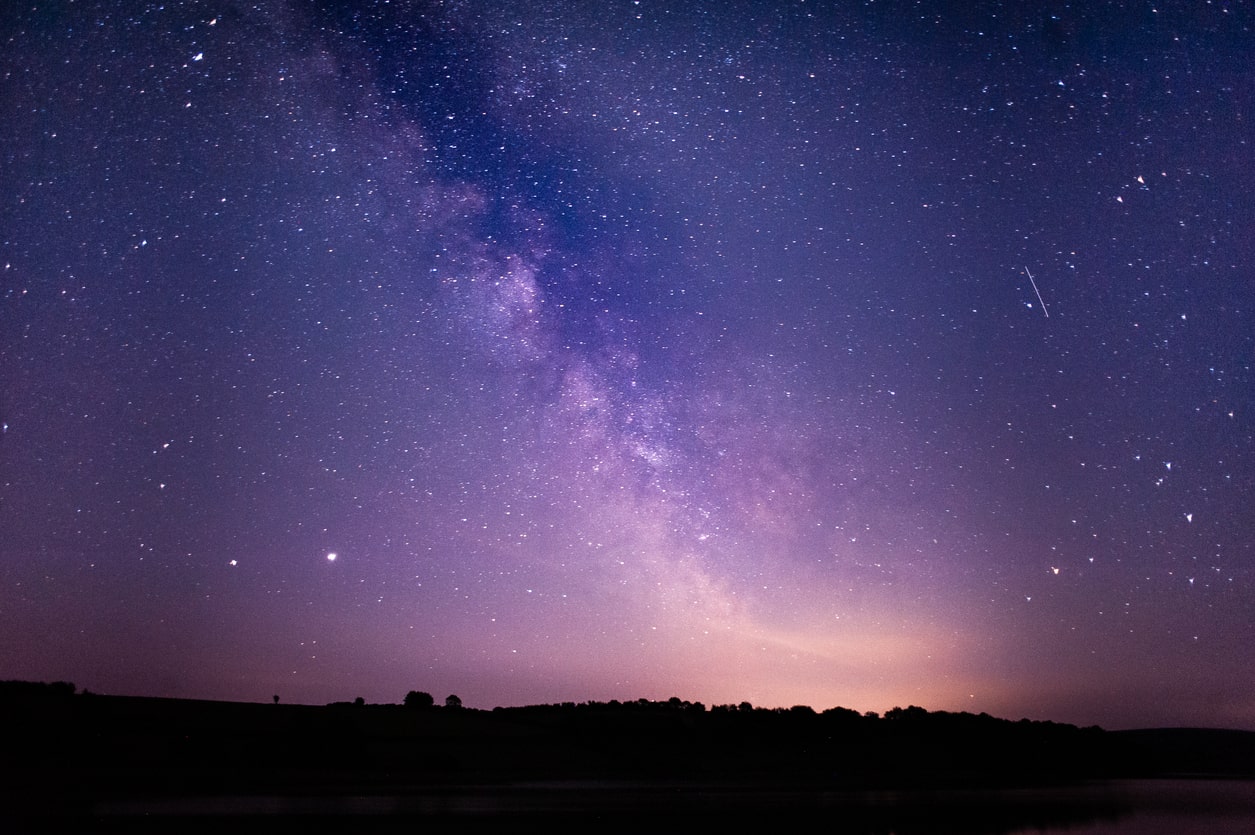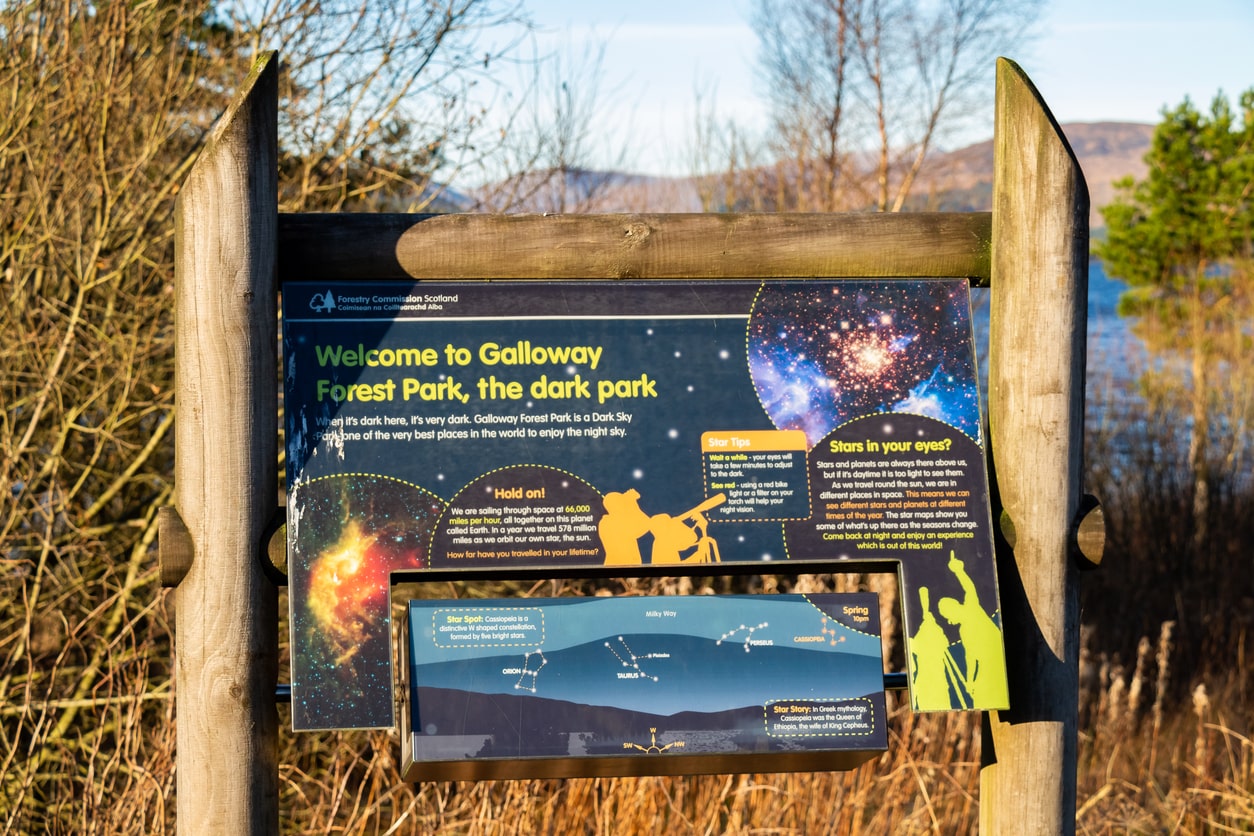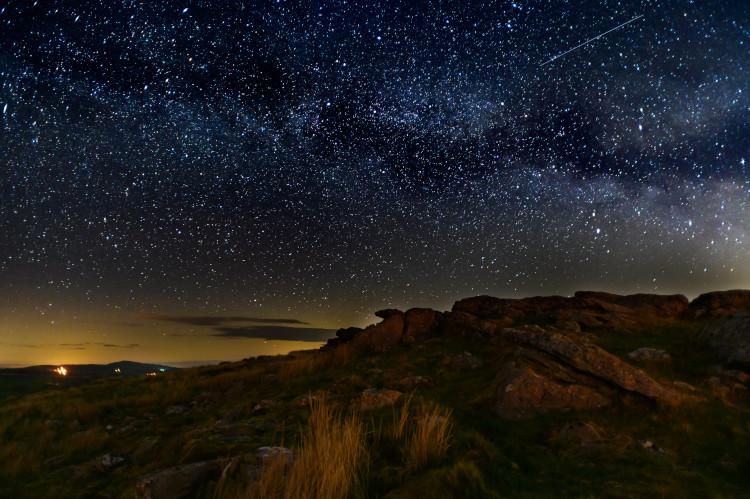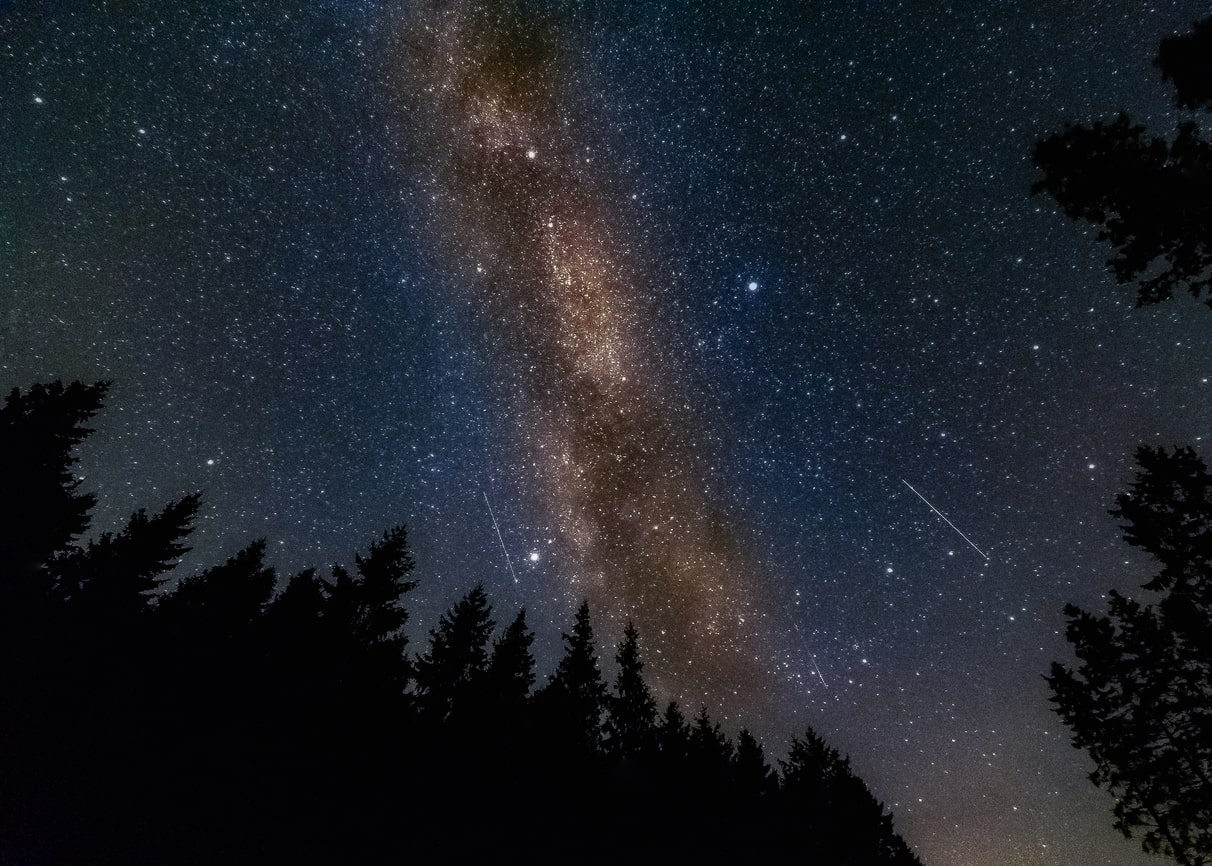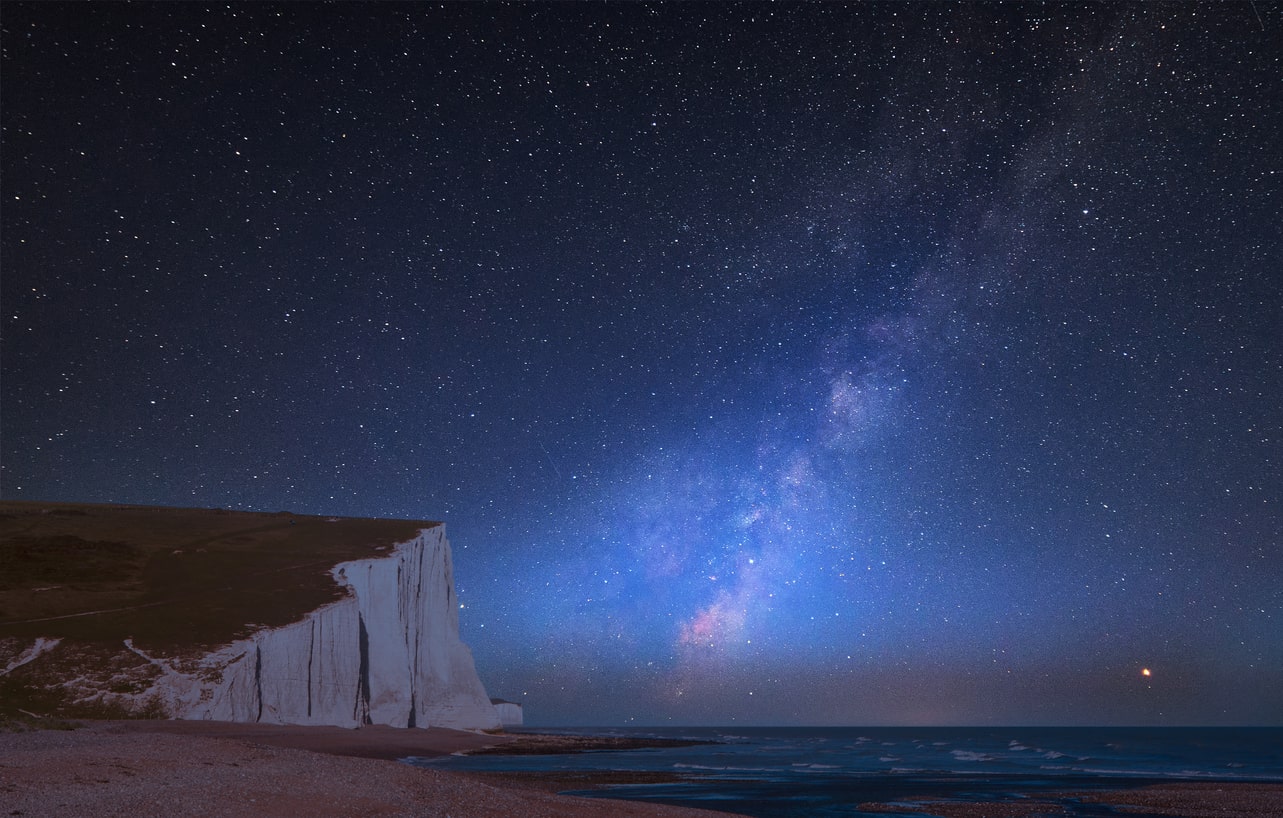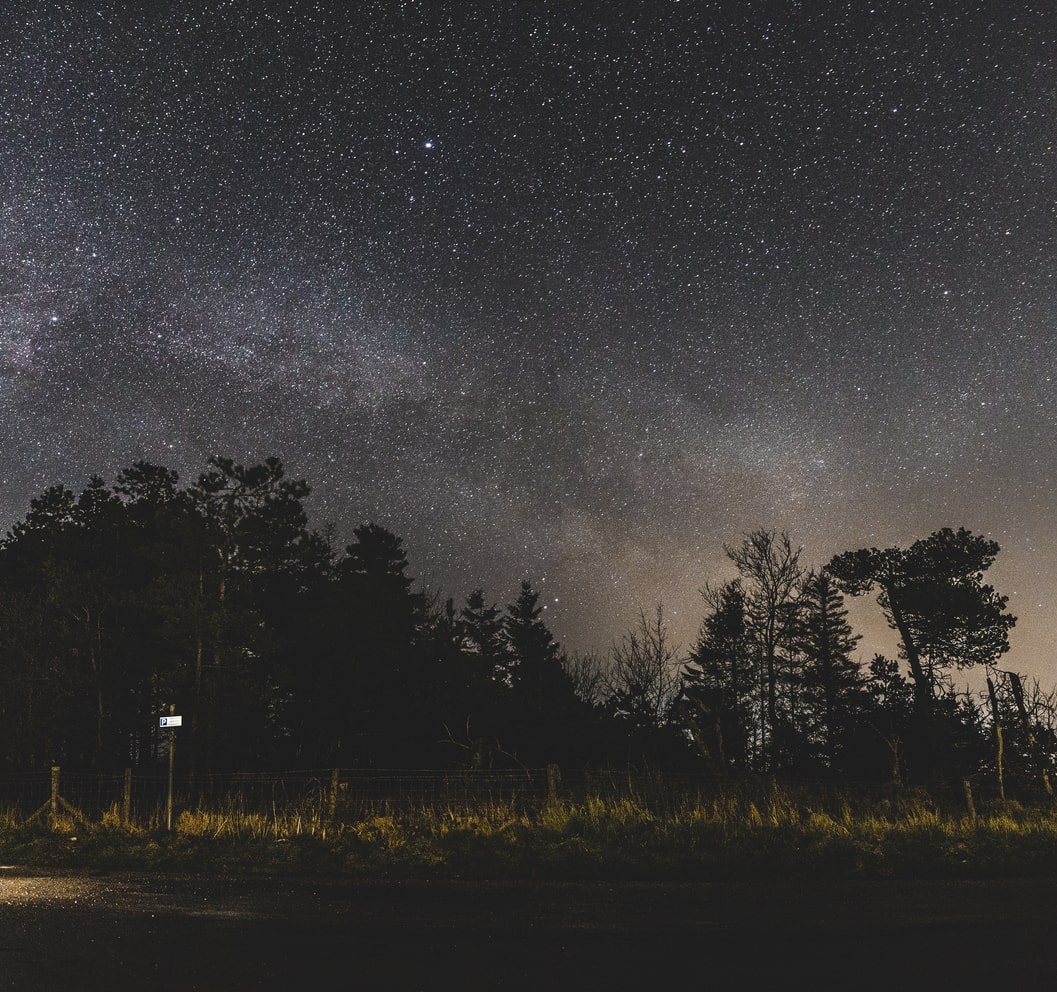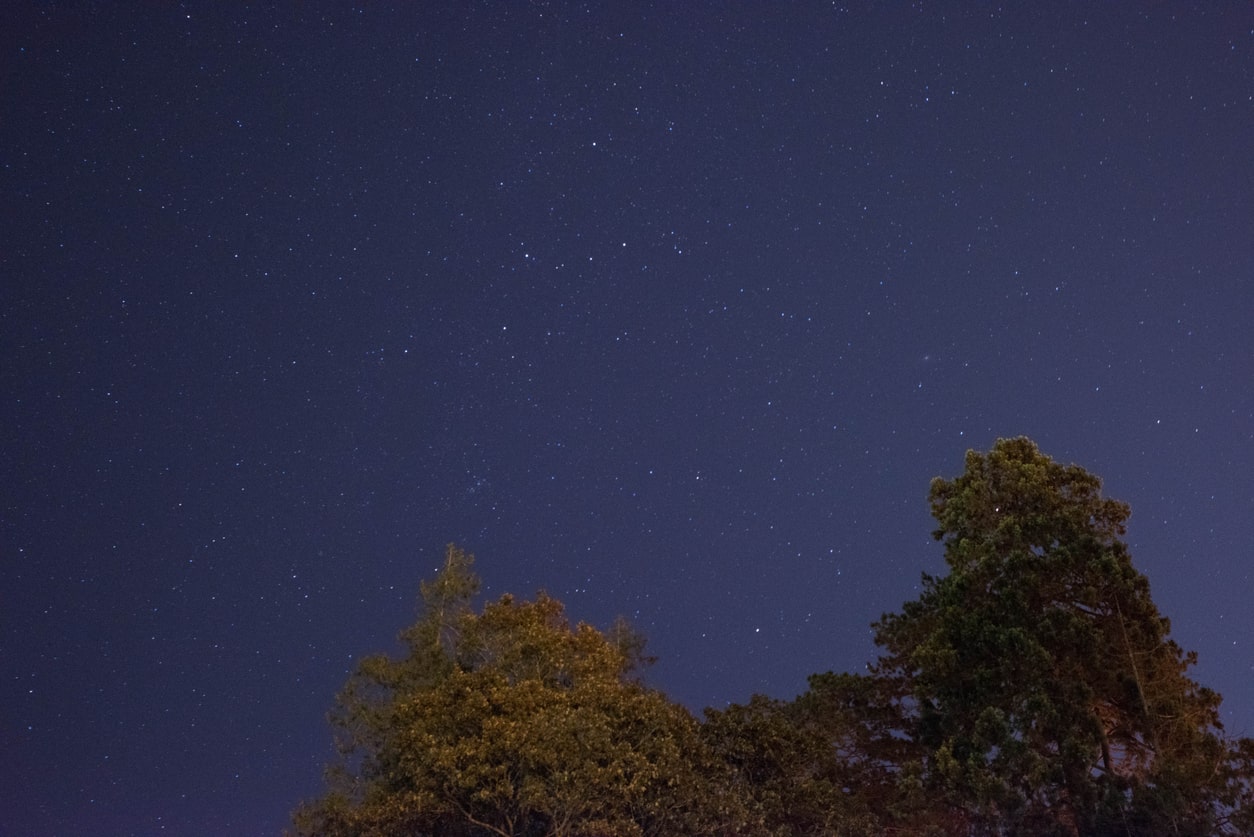The night sky has captivated humans since the dawn of time. Standing under the vast celestial canopy dotted with stars, planets, and galaxies elicits feelings of awe and insignificance. Stargazing connects us to the universe and our place within it. The UK's relatively low levels of light pollution paired with frequent clear nights provide excellent stargazing opportunities. Whether you're an amateur backyard astronomer or aspiring astrophotographer, the UK has plentiful stargazing locations to fuel your cosmic curiosity. This pillar page will highlight 10 remarkable UK stargazing spots perfect for observing celestial events, spotting constellations, and gazing in wonder at the infinite beyond. We'll cover everything from remote dark sky reserves to easily accessible spots near major cities. Each location overview includes key information to help plan your stellar adventures across Britain. So let your quest to uncover the cosmos begin!
1. Exmoor National Park, Somerset & Devon
Nestled amongst the rolling hills of Somerset and North Devon, Exmoor National Park holds magnificent dark skies just waiting to be discovered. Designated as an International Dark Sky Reserve in 2011, it's one of the best places to stargaze not just in Britain but the whole of Europe. On cloudless nights, the clarity and breadth of the celestial display from Exmoor is truly remarkable. The central and northern regions of the park offer the darkest skies, with a tapestry of over 2,000 stars revealed to the naked eye. That includes dimmer celestial bodies such as the Andromeda Galaxy millions of lightyears away.
At 700 square kilometres, Exmoor National Park is one of the darkest locations in England and Wales, perfect for witnessing celestial events. Some of the best stargazing spots in Exmoor include Cheriton Ridge, County Gate, and Webber's Post located within the core darkness zone of the park.
The darkness also makes it possible to observe a wealth of astronomical phenomena. Shooting stars from meteor showers, including the prolific Geminids and Perseids, flash overhead seasonally. The elusive Aurora Borealis also occasionally makes an appearance, dancing across the northern horizon in shimmering green hues. Not to mention how visible the Milky Way is, stretching from one horizon to the other in a dazzling band brimming with clusters and nebulae. constellations shine brightly here too, with Orion, Cassiopeia, and Ursa Major all easy to discern. Just finding an open hilltop or field provides plenty of open space to set up your telescope.
For convenience, several information centres and campgrounds such as Porlock Visitor Centre and Roadwater offer stargazing equipment rentals and event programming specifically for optimal night sky viewing opportunities.
2. Galloway Forest Dark Sky Park, Scotland
Scotland’s first Dark Sky Park, Galloway Forest lies within the southern tip of Scotland’s first UNESCO biosphere. The 300 square miles of forest and mountains about an hour from Glasgow hold some of Europe’s darkest skies and most dazzling celestial scenery. Galloway Forest earned its Dark Sky Park credentials in 2009 for its exceptionally low light pollution levels. On clear moonless nights here, the darkness reveals over 7,000 stars to the human eye as well as the luminescent river of stars from the Milky Way. The planets and constellations stand out brightly, especially with telescopes or binoculars. Seeing meteor showers, satellites, and the occasional aurora is common too thanks to the lack of artificial light.
The park offers plenty of vantage points to set up your stargazing equipment and immerse you in the cosmos. From the elevated viewpoint at the Clatteringshaws Visitor Centre to openings amongst the pine trees, there are dark sky discovery spots dotted around the park. The park also holds regular astronomy events, including nighttime celebration events for meteor showers. If cloud or rain impedes views, the state-of-the-art planetarium at the Scottish Dark Sky Observatory provides backup with technology that simulates the real night sky.
The park also hosts 'star parties' during major meteor shower peaks, bringing in experts for guided night sky interpretation sessions followed by unaided celestial observation. For convenience, several campgrounds such as Cassencarie have onsite telescope rental availability.
3. Brecon Beacons National Park, Wales
Wales earned its nickname as the “land of song” thanks to the country’s propensity for melody and poetry. But Wales also holds some of Britain’s best locales for cosmic songs of shooting stars, planets, and glittering galaxies thanks to excellent dark skies. Brecon Beacons National Park is ranked as an International Dark Sky Reserve for its natural nighttime darkness and easy public access. The sweeping rugged landscape of grassy moon-like hills and smooth granite outcrops offer plenty of ideal stargazing sites. Within the park, excellent stargazing spots include the summit of Pen y Fan, Craig Cerrig-gleisiad a Fan Frynych, Y Garn summit, and the shores of Llyn y Fan Fawr. These areas offer low light pollution and open sightlines to observe celestial phenomena. Views routinely reveal thousands of stars and the central band of the Milky Way from one horizon to the other.
The excellent visibility makes the park a top spot to witness meteor showers, like the bright quick fireballs of the Geminids in December. The winter months also bring good chances to catch the ethereal glow of the Aurora Borealis. The Brecon Beacons Astronomical Society organises new moon stargazing events at the Crai Reservoirs in the heart of the park, bringing along telescopes for enhanced viewing. For DIY adventures, park officials recommend scoping out your celestial observation spot during daylight to safely navigate the terrain at night. For extra convenience, glamping sites and observatory accommodations exist to maximise night sky viewing opportunities from right outside your temporary front door.
.For convenience, several campgrounds such as Beacons Backpackers and Observatory Accommodation have onsite telescope rental availability. Outreach events are also hosted by the Brecon Beacons Astronomical Society and Dark Sky Wales initiative during major celestial events.
4. Northumberland International Dark Sky Park
Northumberland International Dark Sky Park (NIDSP) encompasses 572 square miles of Northumberland National Park and the adjacent Kielder Water & Forest Park. This makes it Europe’s largest area of the protected night sky at over 1500 square kilometres. The sparse population and distance from major cities allow Northumberland to maintain exceptional darkness for astronomy. Official Dark Sky Park status followed in 2013 to preserve Northumberland’s unspoiled nighttime environment amidst increasing light pollution elsewhere in Britain. On cloudless nights, stargazing from the darkest areas around Kielder Water reveals up to 3000 stars and the swath of the Milky Way to the naked eye.
The dramatic darkness makes Northumberland a prime spot to experience celestial events. Meteor showers become vibrant with shooting stars. The Aurora Borealis also occasionally makes appearances, especially during the dark winter months. Kielder Observatory offers the best public access for stargazing within the NIDSP area. Its state-of-the-art robotic telescopes combined with knowledgeable staff give visitors views of celestial objects not possible from most other UK locations.
Visitors can book spaces at the monthly Full Sky Astronomy Event for guided astro-tours of constellations, galaxies, nebulae and more. For DIY observing, head to Stonehaugh, the heart of the dark sky park, and find a comfy stargazing spot amongst the open fields.
5. South Downs National Park, Sussex & Hampshire
Nestled between bustling Brighton and Portsmouth, the South Downs National Park seems an unlikely contender for stargazing. Yet it holds some of England’s highest quality night skies, receiving designation as an International Dark Sky Reserve in May 2016. Wide swaths of the park exist far from the disruptive glow of urban expansion. Combined with low-lying topography, this allows excellent visibility and darkness despite proximity to major cities.
The scenery also captivates amidst the celestial show with smooth rolling chalk downland dotted with archetypal villages and ancient sites. Find an open hilltop around Butser Hill or Beachy Head for panoramic star-strewn views over the landscape below. Autumn brings dependably clear skies, prime conditions for meteor shower watching. These areas offer low horizons and reduced light pollution to observe celestial highlights like the Orion Nebula, Andromeda Galaxy, Beehive Cluster, and up to 2,000 visible stars. The Orionids and Geminids produce abundant shooting stars visible even with moderate light pollution. If cloud or rain interferes, the award-winning South Downs Planetarium in Chichester offers engaging backup. Its Zeiss technology generates crystal clear views of the night sky free from weather and light pollution. Special astronomical events frequently coincide with major meteor showers too.
For convenience, several campgrounds such as Tom's Field Camping offer telescope rental and new moon stargazing events. Outreach programming also occurs via the South Downs National Park Authority, including moon gazing hikes coordinated with peak meteor shower activity.
6. Snowdonia National Park, Wales
Snowdonia National Park offers an epic landscape for epic sky gazing amidst Wales’ highest mountains. The sharp ridgelines of Snowdon and Glyders set a soaring backdrop for the celestial show unfolding overhead. The remote quality and lack of widespread artificial lighting keep conditions admirably dark across much of the park. Designation as an International Dark Sky Reserve followed in 2015 to preserve Snowdonia’s exceptional nocturnal environment. On cloudless nights the darkness reveals over 3000 stars blanketed dramatically across the night sky. Conditions become truly stunning during meteor showers, like the prolific Geminids or August’s ripening Perseids. The long sightlines across Snowdonia’s peaks and valleys increase the visibility of these celestial firework displays as meteors streak overhead.
For optimal stargazing, aim for the northern Snowdonia areas like Capel Curig for the lowest light pollution. The park's southern end still allows excellent visibility along the Cadair Idris ridge between Dolgellau and Machynlleth. For extra convenience, numerous campgrounds exist across Snowdonia to base celestial adventures. Or stay at the publically accessible Dark Sky Centre at Bod Talhaiarn. Its roll-off roof observatory houses quality telescopes to augment naked-eye viewing. Snowdonia holds frequent stargazing events to highlight celestial happenings too. Like “star parties” with the governmental Dark Skies Initiative officials to align your planning with optimal celestial visibility.
7. North York Moors National Park, Yorkshire
The North York Moors gained recognition as an International Dark Sky Reserve in 2020 for containing some of England’s most unspoiled nighttime skies. Having one of the lowest population densities in Britain keeps light pollution levels admirably low across this wild landscape. The elongated shape and high relief of the North York Moors block out disruptive light from major cities like York, Leeds and Middlesborough. This allows the celestial stage to shine uninterrupted in stark clarity across the barren heather moorlands. The inversion layer caused by the sea on both sides of the park also frequently brings super transparent viewing. During such nights, stargazers can observe a phenomenal 5000 stars from the darkest areas.
The perspective shifts dramatically between seasons too, as the April Lyrids give way to August’s fiery Perseids before Orion returns to winter skies. Catching the Aurora Borealis also remains a possibility, especially during the dark peak season between November and February. For optimal viewing locales, aim for the central spine of the park like Carlton Moors near Stokesley or the high open moorland between Hutton-Le-Hole and Rosedale Abbey. The state-of-the-art observatory at Danby Castle provides more formal events and rented telescopes to discover galaxies lightyears distant. Or simply find a comfy stargazing spot amongst the vibrant purple heather and let this wild realm blow your mind under Britain’s brilliant night skies.
8. Exeter, Devon
At first glance, a buzzing regional city like Exeter seems an unlikely contender for stargazing. But England’s astronomy capital has gained Dark Sky status for its commitment to reducing light pollution. Ongoing initiatives like replacing conventional street lighting with low-impact LED alternatives dramatically improved night sky clarity. Just a short distance from the city outskirts, atmospheric conditions transform under the celestial dome at landmarks like Duryard Observatory. This small observatory opens monthly to the public, letting visitors witness meteor showers, eclipses, comets and extragalactic wonders via high-powered telescopes from its light pollution-free grounds.
For more regular public access, the Exeter Astronomical Society also holds free Stargazing events across East Devon’s countryside. Gaze in wonder at Saturn’s rings, and distant nebulae through society telescopes from spots like Woodbury Common. Or simply kick back under nature’s celestial show by finding an unobstructed viewpoint across Exeter’s hilly rural fringe. Powderham Castle on the Exe Estuary or Haldon Belvedere hilltop makes good easily accessible viewing hotspots. Download astronomy apps to help spot and track satellites and vital events like the peak radiance of the Orionids or Perseids meteor showers. For extra convenience, book accommodation under exceptional night skies at nearby stargazing hotels. This way prime celestial watching gets built into your stay whether witnessing the Milky Way sparkle over Dartmoor or a meteor blazing through the October night.
Britain’s skies host phenomenal stargazing thanks to progressive efforts to preserve remaining darkness against creeping light pollution. Within its array of Dark Sky Reserves, behomeths like meteor storms, elusive auroras and countless galaxies await discovery. Spanning England, Wales and Scotland, dedicated stargazing parks offer stunning celestial scenery paired with optimum viewing infrastructure and expert events programming. More informal countryside fringes of light pollution-conscious cities also make prime bases for amateur observation. Guided by astronomy apps and societies, a glowing universe unfolds amidst the comfort of rolling fields and open moorland. So as night descends, simply find a patch of National Park heather or hillside grass outside Exeter. Recline as the drama builds of constellations rising amidst the emerging river of stars from the Milky Way. Then watch meteors dash across the northern lights wavering overhead as Britain’s cosmic wonders reveal themselves through the darkness.
Related articles

Let us know you agree to cookies
We use marketing, analytical and functional cookies as well as similar technologies to give you the best experience. Third parties, including social media platforms, often place tracking cookies on our site to show you personalised adverts outside of our website.
We store your cookie preferences for two years and you can edit your preferences via ‘manage cookies’ or through the cookie policy at the bottom of every page. For more information, please see our cookie policy.

